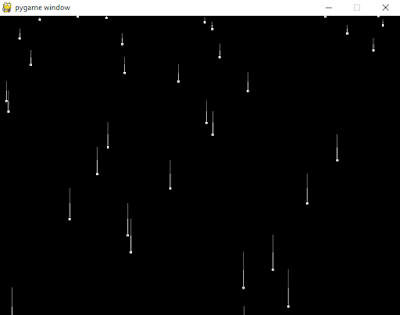The arch python module come with tools for:
- Univariate volatility models
- Bootstrapping
- Multiple comparison procedures
- Unit root tests
Let's start with instalation into my python 2.7.12 version.
First you need to install this python module with pip tool:
C:\Python27\Scripts>pip install Arch
Collecting Arch
Downloading arch-4.0.tar.gz (107kB)
100% |################################| 112kB 390kB/s
Requirement already satisfied: matplotlib>=1.4 in c:\python27\lib\site-packages (from Arch)
Requirement already satisfied: scipy>=0.15 in c:\python27\lib\site-packages (from Arch)
Collecting patsy>=0.2 (from Arch)
Downloading patsy-0.4.1-py2.py3-none-any.whl (233kB)
100% |################################| 235kB 906kB/s
Collecting statsmodels>=0.6 (from Arch)
Downloading statsmodels-0.6.1.tar.gz (7.0MB)
100% |################################| 7.0MB 85kB/s
Collecting pandas>=0.16 (from Arch)
Downloading pandas-0.19.2-cp27-cp27m-win32.whl (6.8MB)
100% |################################| 6.8MB 81kB/s
Requirement already satisfied: numpy>=1.6 in c:\python27\lib\site-packages (from matplotlib>=1.4->Arch)
Requirement already satisfied: python-dateutil in c:\python27\lib\site-packages (from matplotlib>=1.4->Arch)
Requirement already satisfied: cycler in c:\python27\lib\site-packages (from matplotlib>=1.4->Arch)
Requirement already satisfied: pyparsing!=2.0.4,!=2.1.2,>=1.5.6 in c:\python27\lib\site-packages (from matplotlib>=1.4->Arch)
Requirement already satisfied: pytz in c:\python27\lib\site-packages (from matplotlib>=1.4->Arch)
Requirement already satisfied: six in c:\python27\lib\site-packages (from patsy>=0.2->Arch)
Installing collected packages: patsy, pandas, statsmodels, Arch
Running setup.py install for statsmodels ... done
Running setup.py install for Arch ... done
Successfully installed Arch-4.0 pandas-0.19.2 patsy-0.4.1 statsmodels-0.6.1This python module is very mathematical and technical so I'll refer you to a few examples.
Can be used in statistical research and econometrics, or the application of mathematics, statistics, and computer science to economic data.


